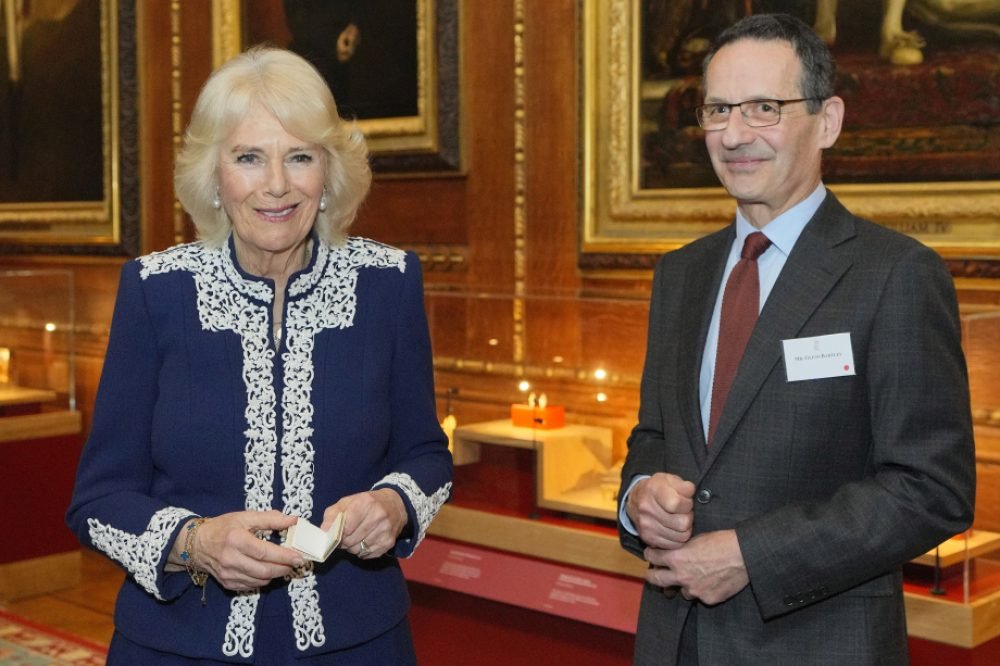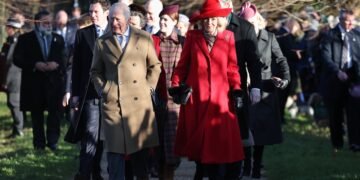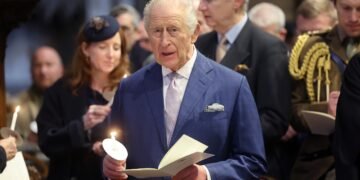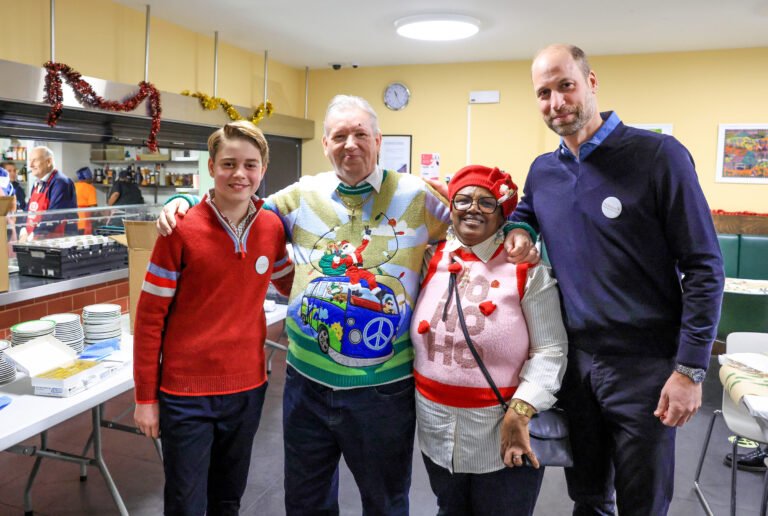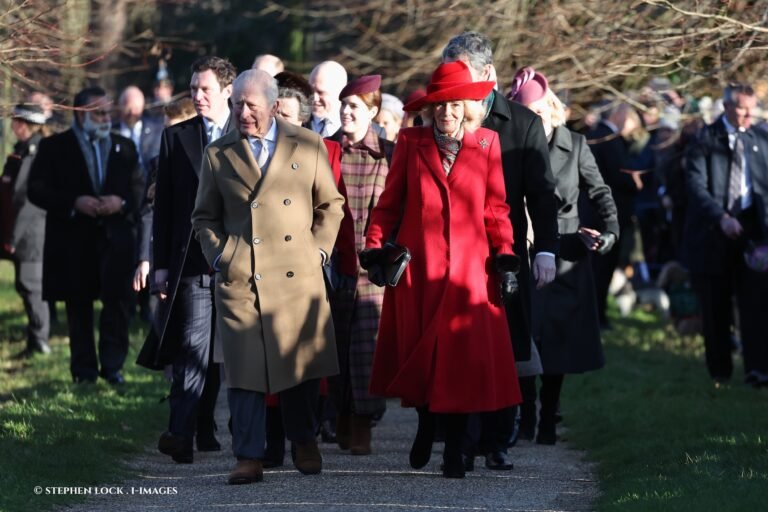Marking the 100th anniversary of Queen Mary’s Doll’s House at Windsor Castle, Queen Camilla spotlighted those who have been part of a new initiative – the Modern Day Miniature Library Project.

The Modern Day Miniature Library Project initiative features leading writers, illustrators and binders who have contributed their own handwritten manuscripts as a mirror to the books collected a century ago as part of the Doll’s House.
Her Majesty is a Champion of the project and has taken part herself!
20 small manuscripts, which are just 4.5cm high, have been written and decorated by hand and include short stories, poetry, articles and recipes to provide a snapshot of contemporary literature in Britain.
Contributors to the Modern-Day Miniature Library include: Robert Hardman’s ‘The Coronation of King Charles III and Queen Camilla’; Tom Parker Bowles’s ‘A Recipe Fit for a Queen’; Charlie Mackesy’s ‘The Boy, the Mole, the Fox and the Horse’; and Malorie Blackman’s ‘A Message to Jessica’.

During today’s reception at Windsor Castle, Camilla viewed the new 20 books and was even shown her own handwritten book, in the form of a foreword, which will become part of the new miniature collection.
Her Majesty’s book features a gold-tooled miniature version of her cypher, measuring 7mm tall, and was bound in the Royal Bindery at Windsor Castle. It was created using a specially made cypher tool, based on the one used to apply Queen Mary’s own tiny cypher to the original Dolls’ House Library books.
Queen Mary’s Dolls’ House focus of exhibition at Windsor Castle
Camilla opens her foreword by stating that ‘one century ago, Queen Mary’s Dolls’ House was completed after three years’ work by over 1,500 of the finest craftsmen of the day’ and was designed to be ‘built to outlast us all’ according to AC Benson in The Book of The Queen’s Dolls’ House.

Noting that ‘the House has indeed outlasted its creators’, Her Majesty states that ‘it has continued to enchant generations of children and adults who come to marvel at its perfect proportions, extraordinary attention to detail and, perhaps above all, the artistic genius apparent in every room’.
Speaking of her own perspective of the library, Queen Camilla says ‘it is the library that is the most breath-taking space in the house. It was curated by Princess Marie Louise and her friend, the author EV Lucas, who invited 200 renowned writers to contribute pieces of writing, providing an unrivalled snapshot of literature in the 1920s’.
‘I am delighted and grateful that, thanks to the kindness of some of today’s brilliant authors and binders, we are now able to add a snapshot of literature in the 2020s to the Dolls’ House library.’
Her foreword continued to add that ‘these new books highlight the incredible richness of 21st century literary talent – and demonstrate how fortunate we are to have access to so many outstanding writers, whose work brings joy, comfort, laughter, companionship and hope to us all, opening our eyes to others’ experiences and reminding us that we are not alone.’

‘I should like to thank everyone who has been involved in this wonderful initiative to create a new set of tiny library books – books that will, like their predecessors, outlast us all.’
Author Sebastian Faulks said: ‘The size made it a real challenge. But fun. I’m not a poet and there was no room for prose, so I wrote a kind of syllabic verse. My handwriting has not been under such pressure since infant school. I can only apologise for my illustrations. It was such an honour to have been invited to contribute.’
Queen Mary’s Dolls’ House was built between 1921 and 1924 as a gift from the nation to Queen Mary following the First World War. The house is a 1:12 scaled replica of an Edwardian residence, and features electricity, working lifts and running water! Rooms include a fully stocked wine cellar and ‘below-stairs’ spaces to entertaining salons.
This year’s special exhibition at Windsor Castle will see a special centenary display of items which can usually be found within the Dolls’ House, displayed in the Waterloo Chamber at the Castle. Items on show range from a tiny concert grand piano, fully strung and with working keys and even miniature Crown Jewels with real diamonds, rubies, sapphires, emeralds and pearls.
From the kitchens and servants’ quarters visitors can see a vacuum cleaner (a relatively new innovation in the 1920s), a sewing machine, complete with thread and minuscule scissors that can actually cut, and a copper kettle made from a coin, with the King’s head still visible on its base.

